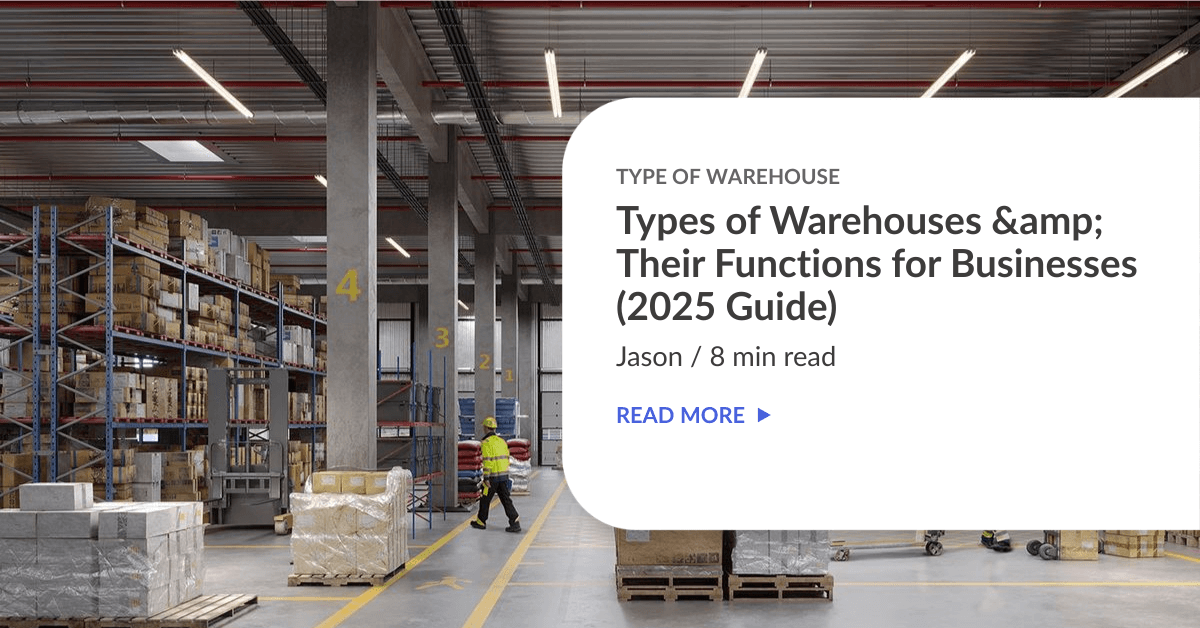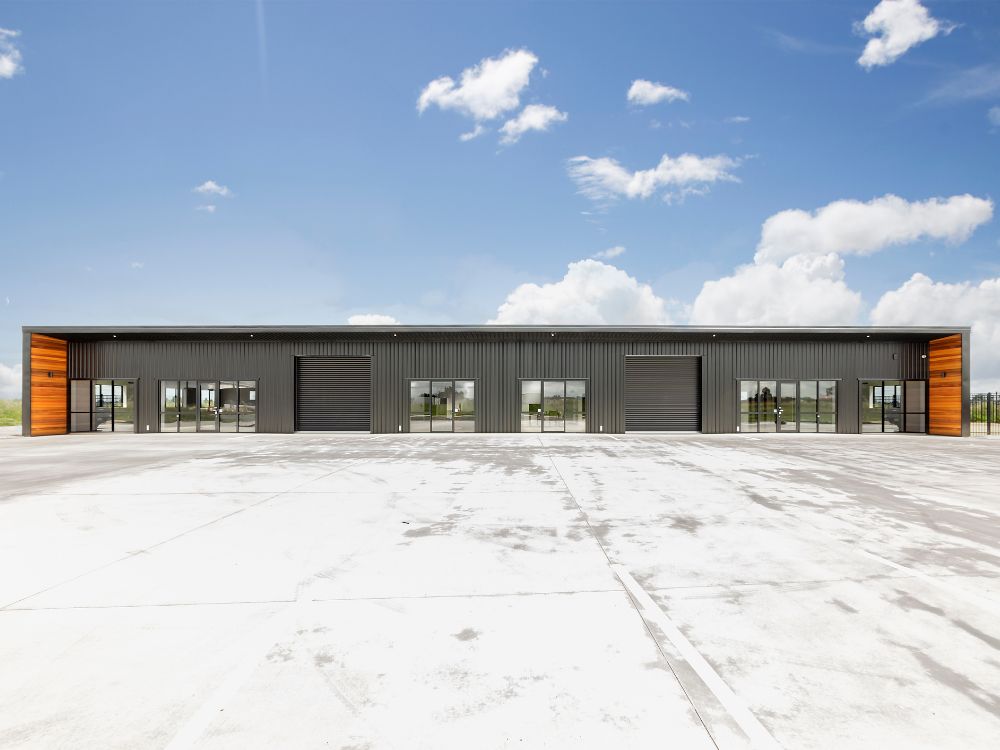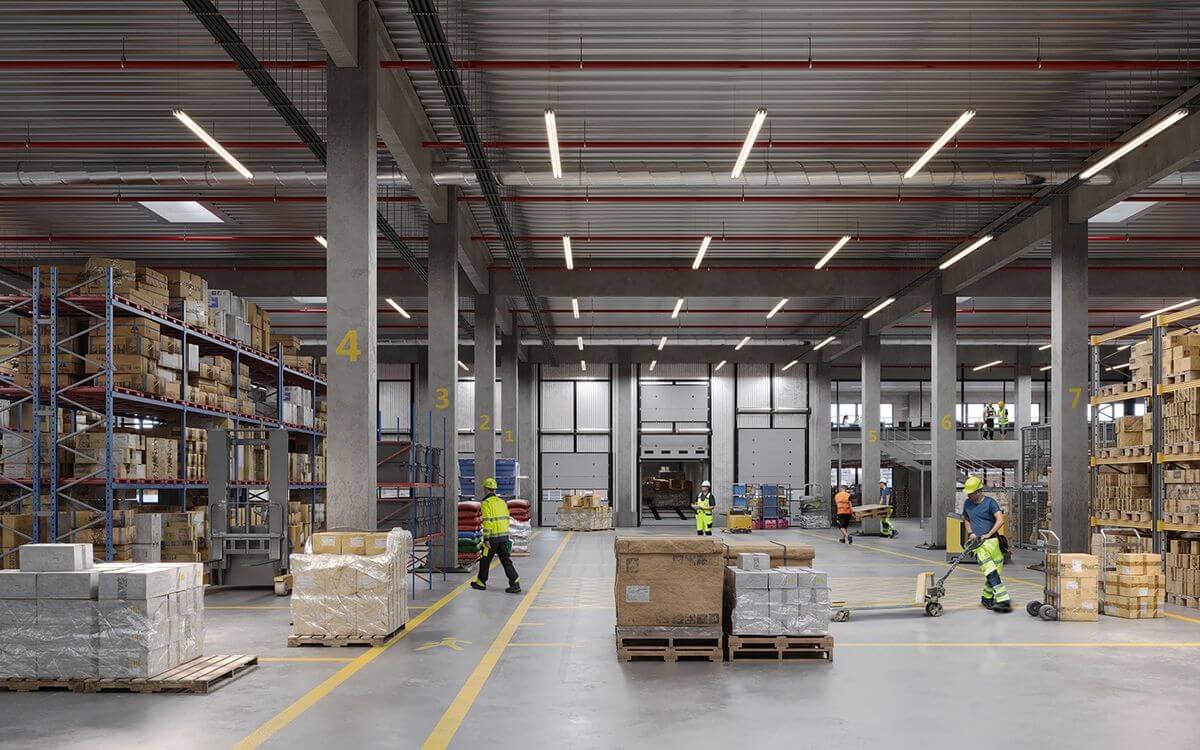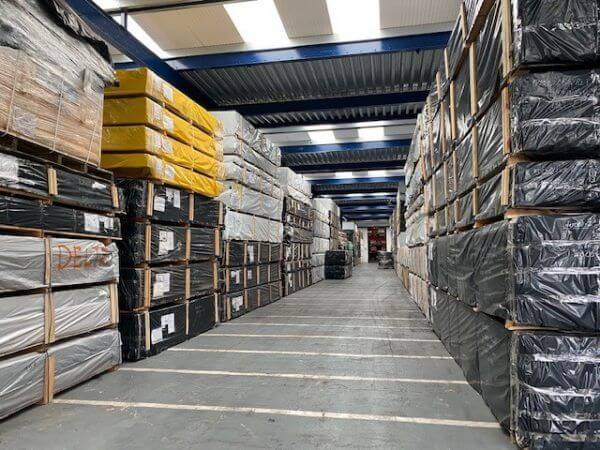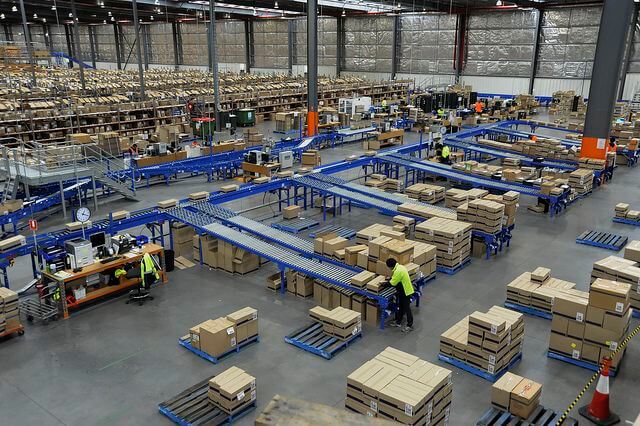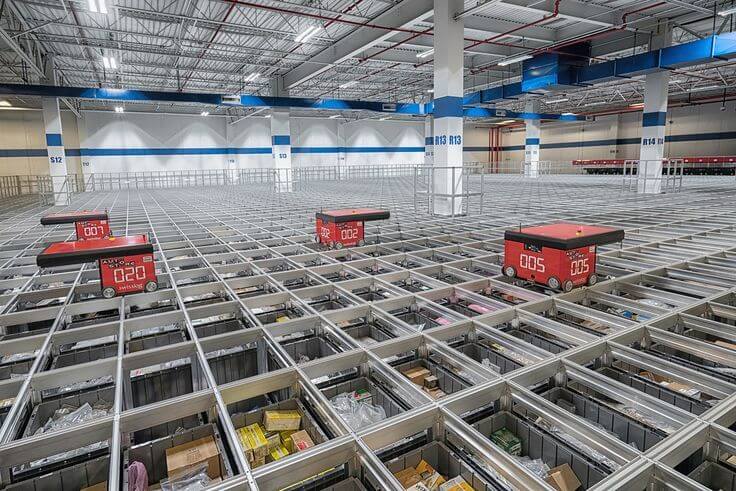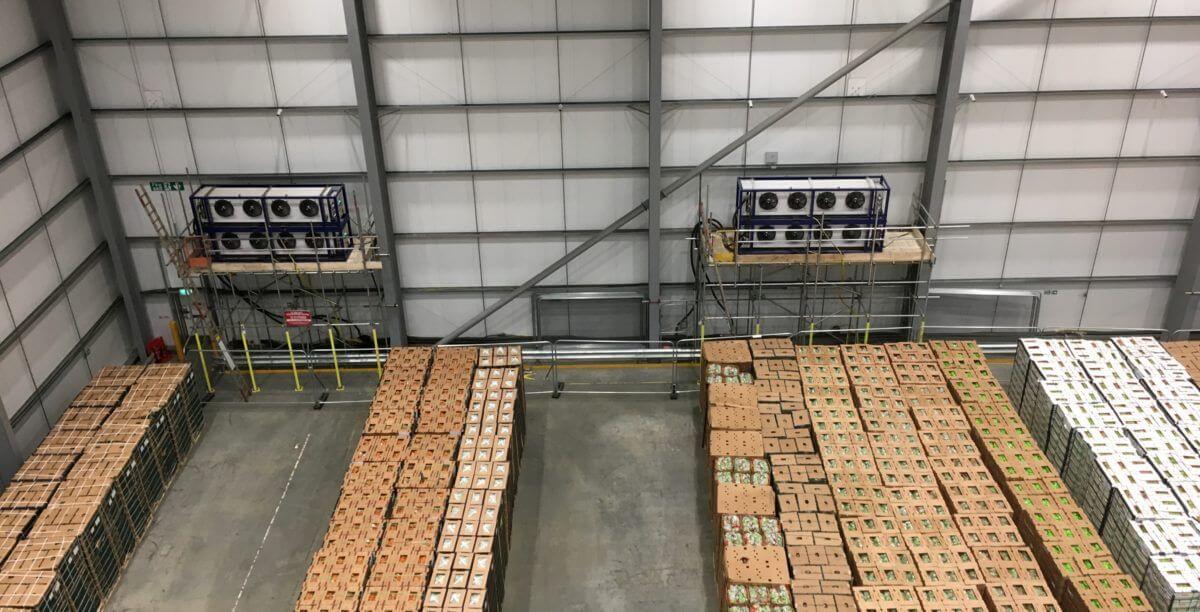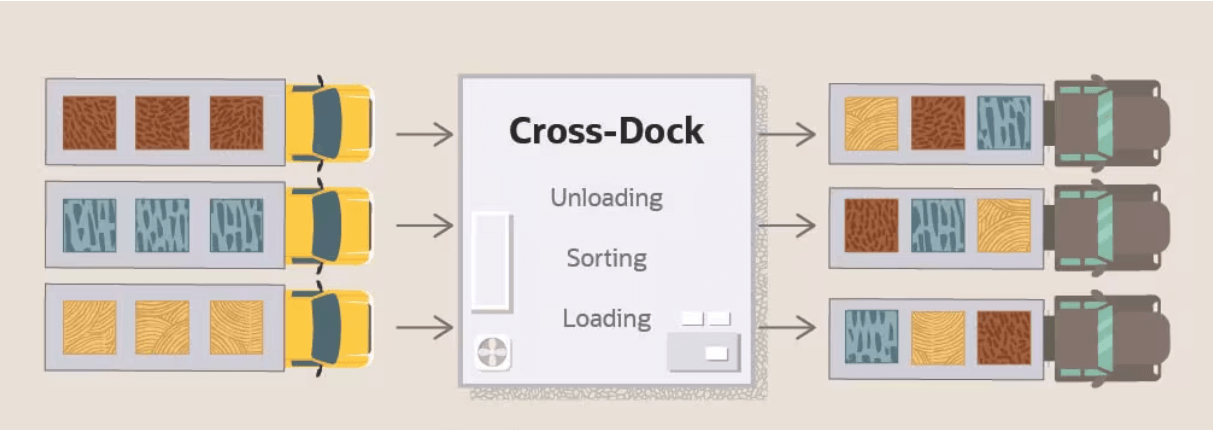As your business grows, choosing the right type of warehouse becomes crucial. A warehouse is not just a storage space — it directly affects your operational cost, delivery speed, and inventory management.
In this guide, we’ll break down the main types of warehouses, their functions, advantages, and which businesses they suit best.
Contents
Type of Warehouse
1. Private Warehouse
A private warehouse is owned and operated by the business itself. It provides full control over inventory, staffing, and processes. This setup is ideal for companies with steady stock flow.
Private warehouses offer high security, customisation, and long-term cost benefits. However, they require significant investment in space and manpower. Larger companies benefit most from this model.
2. Public Warehouse
A public warehouse is a rented storage facility open to businesses of any size. It offers flexibility, especially for seasonal or short-term needs. This makes it cost-effective for SMEs.
Public warehouses reduce the need for infrastructure or staffing investment. They are professionally managed for smooth operations. It’s a practical choice for growing businesses.
3. Bonded Warehouse
A bonded warehouse stores imported goods before customs duties and taxes are paid. It is strictly monitored by customs authorities. This helps businesses delay tax payments until goods are needed.
Bonded warehouses are ideal for importers handling high-value stock. They offer financial flexibility and secure long-term storage. Companies involved in international trade rely on them heavily.
4. Distribution Center
A distribution center focuses on rapid movement of goods instead of long-term storage. It supports high-volume order processing for daily shipments. Many e-commerce brands depend on it.
Distribution centers use advanced technology to speed up picking and packing. Their main goal is fast delivery to customers. They significantly improve delivery efficiency and satisfaction.
5. Fulfillment Center
A fulfillment center manages storage, picking, packing, and delivery for sellers. It removes the need for businesses to run their own warehouse. Online sellers often rely on these centers.
Fulfillment centers offer quick order processing and reduce operational workload. They use automated systems to streamline logistics. This helps businesses scale faster with lower costs.
6. Cold Storage Warehouse
A cold storage warehouse maintains low temperatures for perishable goods. It is essential for frozen foods, dairy, and pharmaceuticals. Consistent cooling prevents spoilage.
Cold storage facilities follow strict hygiene and safety requirements. They protect sensitive items during storage and transport. Businesses in food and medical industries depend heavily on these warehouses.
7. Automated Warehouse
An automated warehouse uses robotics, conveyors, and AI to manage goods. It minimises human error and boosts speed. This system is ideal for high-volume operations.
Automation provides real-time inventory tracking and reduces labour costs. It increases accuracy in picking and sorting. Large enterprises use automation to improve efficiency.
8. Climate-Controlled Warehouse
A climate-controlled warehouse regulates both temperature and humidity. It protects items sensitive to environmental changes like electronics and cosmetics. This helps maintain product quality.
These warehouses prevent issues like moisture damage, warping, or mold. They provide a stable environment for delicate goods. Businesses that store sensitive items often choose this option.
9. Cross-Docking Warehouse
A cross-docking warehouse focuses on transferring goods quickly from inbound to outbound trucks. Storage time is minimal or zero. This speeds up the entire supply chain.
Cross-docking reduces storage costs and boosts delivery efficiency. It is ideal for fast-moving products. Companies aiming for rapid distribution depend on this model.
How to Choose the Right Warehouse
Before deciding, consider:
✔ How much inventory do you need to store?
✔ Do you need fast processing (same-day or next-day)?
✔ Do your items require temperature control?
✔ Do you need automation?
✔ Do you prefer managing the warehouse or outsourcing it?
Choosing the right warehouse can greatly improve your efficiency, delivery speed, and overall cost management.
Warehouse Types Comparison Table
Choosing the right warehouse is crucial for smooth business operations, cost efficiency, and fast delivery. The table below provides a clear comparison of the most common types of warehouses, helping you understand their purpose, advantages, and limitations at a glance.
Warehouse Type | Key Purpose | Best For | Advantages | Limitations |
Private Warehouse | Owned and operated by the business for full control | Large companies with stable inventory | High control, customisable, long-term cost benefit | High setup and operating cost |
Public Warehouse | Rented storage space for flexible usage | SMEs & seasonal storage needs | Low cost, flexible, no capital investment | Less control, shared facility |
Bonded Warehouse | Storage for imported goods before duty payment | Importers & exporters | Delayed taxes, high security | Strict regulations, limited item types |
Distribution Center | Fast movement of goods and high-volume order processing | E-commerce & retail brands | Fast delivery, efficient processes | Not ideal for long-term storage |
Fulfillment Center | Manages storage, picking, packing & shipping | Online sellers, SMEs | Outsourced logistics, fast processing | Higher service fees |
Cold Storage Warehouse | Temperature-controlled storage for perishable goods | Food, medical, and pharmaceutical industries | Prevents spoilage, strict hygiene | High energy cost |
Automated Warehouse | Robotics-driven storage and inventory operations | Large-scale logistics & tech-forward businesses | High accuracy, low labour cost | Expensive implementation |
Climate-Controlled Warehouse | Controls both temperature & humidity | Electronics, cosmetics, art | Protects sensitive goods | Higher maintenance cost |
Cross-Docking Warehouse | Minimal storage; fast transfer from inbound to outbound | Fast-moving consumer goods (FMCG) | Speed, low storage cost | Requires precise coordination |
How to Ship Items with EasyParcel
- Step 1
- Step 2
- Step 3

- Place the items in the small box.
- Wrap with bubble wrap so it doesn’t get scratched.
- If it’s a branded item, keep the original box inside.
- Seal the package with strong tape and fragile adhesive.
 Check the weight with a scale
Check the weight with a scale- Measure the length, width and height

- Log in to your EasyParcel account.
- Enter the pickup and delivery address.
- Enter the weight and size of the package.
- Choose your courier service (J&T, DHL, Pos Laju).
- Add insurance if the item is expensive.
There are many types of warehouses, each designed for different business needs. Whether you’re a small business looking for affordable storage or an established brand needing a fulfilment center, the right warehouse can streamline your entire operation.
With EasyParcel, you can make delivery simple, affordable, and efficient — helping your business grow smoothly. EasyParcel welcomes you with a FREE RM10 credit for your first shipment. Sign up today and start shipping smarter with EasyParcel!
FAQ: Types of Warehouses
1. What is the main purpose of a warehouse?
A warehouse is used to store, manage, and protect inventory before it is distributed or sold. It ensures smoother supply chain operations and prevents stock shortages or delays.
2. Which type of warehouse is best for small businesses?
Small businesses usually benefit most from a public warehouse or fulfillment center, as they offer flexible costs and no long-term investment.
3. What is the difference between a distribution center and a warehouse?
A warehouse focuses on storage, while a distribution center prioritizes order processing, fast movement of goods, and delivery. Distribution centers support high-volume, fast turnaround operations.
4. When should a business use a bonded warehouse?
A business should use a bonded warehouse when storing imported goods before paying customs duties. It helps manage cash flow and is ideal for international trade.
 Singapore
Singapore Thailand
Thailand Indonesia
Indonesia